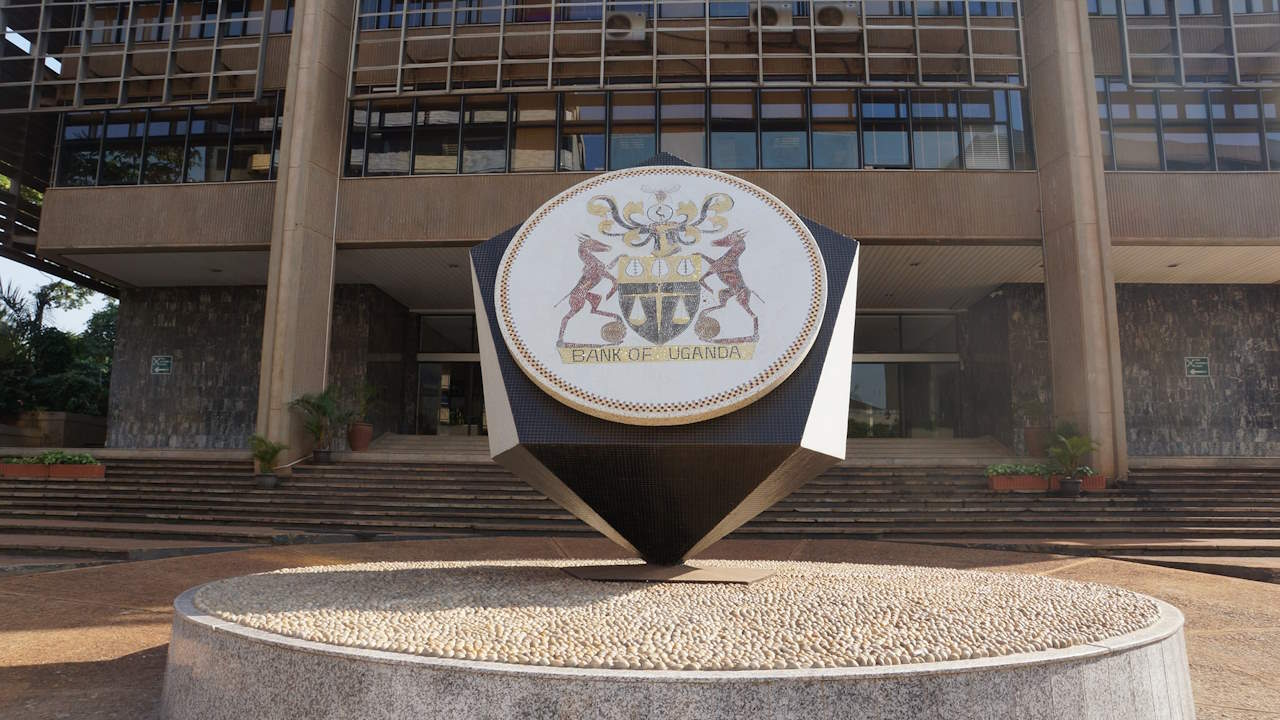
Monetary Policy Statement for December 2023
On 6 December 2023, the Monetary Policy Committee (MPC) maintained the Central Bank Rate (CBR) at 9.5 per cent.
Inflation continues to moderate reflecting the tight monetary and fiscal policies, good crop harvests due to the improved weather conditions, relative exchange rate stability as well as the declining global inflation. However, headline inflation increased slightly from 2.4 per cent in October to 2.6 per cent in November, while core inflation remained unchanged at 2.0 per cent.
The decision to leave the CBR unchanged reflects the MPC’s assessment of the inflation outlook in the light of incoming economic data. The medium-term inflation forecast for December 2023 shows that the inflation outlook remains unchanged from the October 2023 forecast.
Inflation is projected to remain below 5 per cent in the near term and return to target in the medium term. Indeed, core inflation is projected to average 2.5 to 3.5 per cent in FY2023/24, up from 2 to 3 per cent in the October 2023 forecast round. The upward revision for FY2023/24 reflects a higher path for energy prices in the near term.
However, the inflation outlook is subject to heightened risks. On the upside, the current geopolitical conflicts could escalate, leading to higher international oil prices being passed through to domestic pump prices and renewed supply chain disruptions. In addition, volatility in global financial markets could increase, triggering an increased outflow of capital and exacerbating the depreciation of the shilling.
On the downside, global inflation could decline faster leading to much lower imported inflation. In addition, the current rains could result in bumper harvests, further depressing food crop prices.
Since the last MPC meeting, the near-term outlook for economic growth prospects has remained broadly unchanged. Although domestic monetary conditions remain tight, ongoing investment activity in the oil and gas sector, higher regional demand for exports on the back of expected higher growth in most sub-Saharan African countries, resilient remittances, and tourism inflows are expected to support economic growth.
In addition, the low inflation environment will support a recovery in household real incomes, thereby boosting consumer spending. Indeed, the composite index of economic activity (CIEA), a high-frequency indicator of economic activity, grew strongly at an annualised rate of 6 per cent in the three months to October 2023. Economic growth is projected to be 6 per cent in FY2023/24 and to increase to between 6 per cent and 7 per cent in the medium term.
The growth outlook is, however, subject to uncertainties, including slower-than-expected global and regional growth; a resurgence of supply chain disruptions if geopolitical tensions escalate; tighter fiscal policy, partly due to adverse global financial markets, which could constrain government development spending; and tighter credit conditions, which could limit household consumption and private sector investment.
Although the outlook for both inflation and economic growth is favourable, the MPC noted that inflation has bottomed out and that there are significant uncertainties on the horizon. Therefore, keeping the CBR unchanged is necessary to anchor inflation around the target over the medium term, while supporting growth in private sector investment and socio-economic transformation.
Consequently, the MPC decided to maintain the CBR at 9.5 per cent, the bands around the CBR at +/-2 percentage points, and the margins on the CBR for the rediscount rate and the bank rate at 3 and 4 percentage points, respectively. As a result, the rediscount rate and the bank rate will remain at 12.5 per cent and 13.5 per cent, respectively.
Further monetary policy action will depend on incoming data and evolving risks.
Michael Atingi-Ego
Deputy Governor






